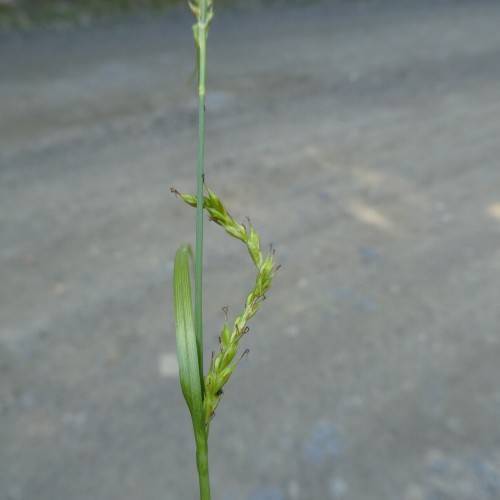
Fibrous-Root Sedge
Carex communis var. communis
Watering:
Average
Hardiness Zone:
Flowers:
Flowers
Sun:
full sun,part sun/part shade
Soil:
Sand
Leaf:
Yes
Growth Rate:
Low
Salt Tolerant:
Yes
Care Level:
Medium
watering
Coiled Sedge should be watered deeply but infrequently. Water once every 1 or 2 weeks depending on the soil and the plant's age. If the soil is very sandy, water more often. For established plants, water until the soil is moistened to a depth of 3-5 inches. For younger plants, water until the soil reaches the surface of the pot. Make sure to water the entire root system of the plant, not just the surface. In summer, additional water may be necessary, especially during a drought.
sunlight
Coiled Sedge is a perennial North American plant species that grows best in full sun or part shade. It prefers consistently moist soils and can tolerate periods of drought. For optimal growth, the plant should receive at least 6 hours of direct sunlight per day. Sunlight during the morning is beneficial as the plant’s foliage begins to warm up and take in more energy. During the summer months, when the sun is strong, some shade during the hottest parts of the day will help keep the plant from getting too stressed from the heat.
pruning
Coiled Sedge should be pruned once a year to keep the plant from becoming too large and unruly. Pruning should be done in early spring when the plant is just beginning to grow. Start pruning by removing any dead, damaged, or overcrowded stems. Next, use pruning shears to trim back the overgrown stems and thin out the plant. This will help promote air circulation and will also give the plant a fresh look. Finally, trim the tips of any remaining stems to shape the plant. Remember to always use clean and sharp pruning tools to avoid damaging the plant.
